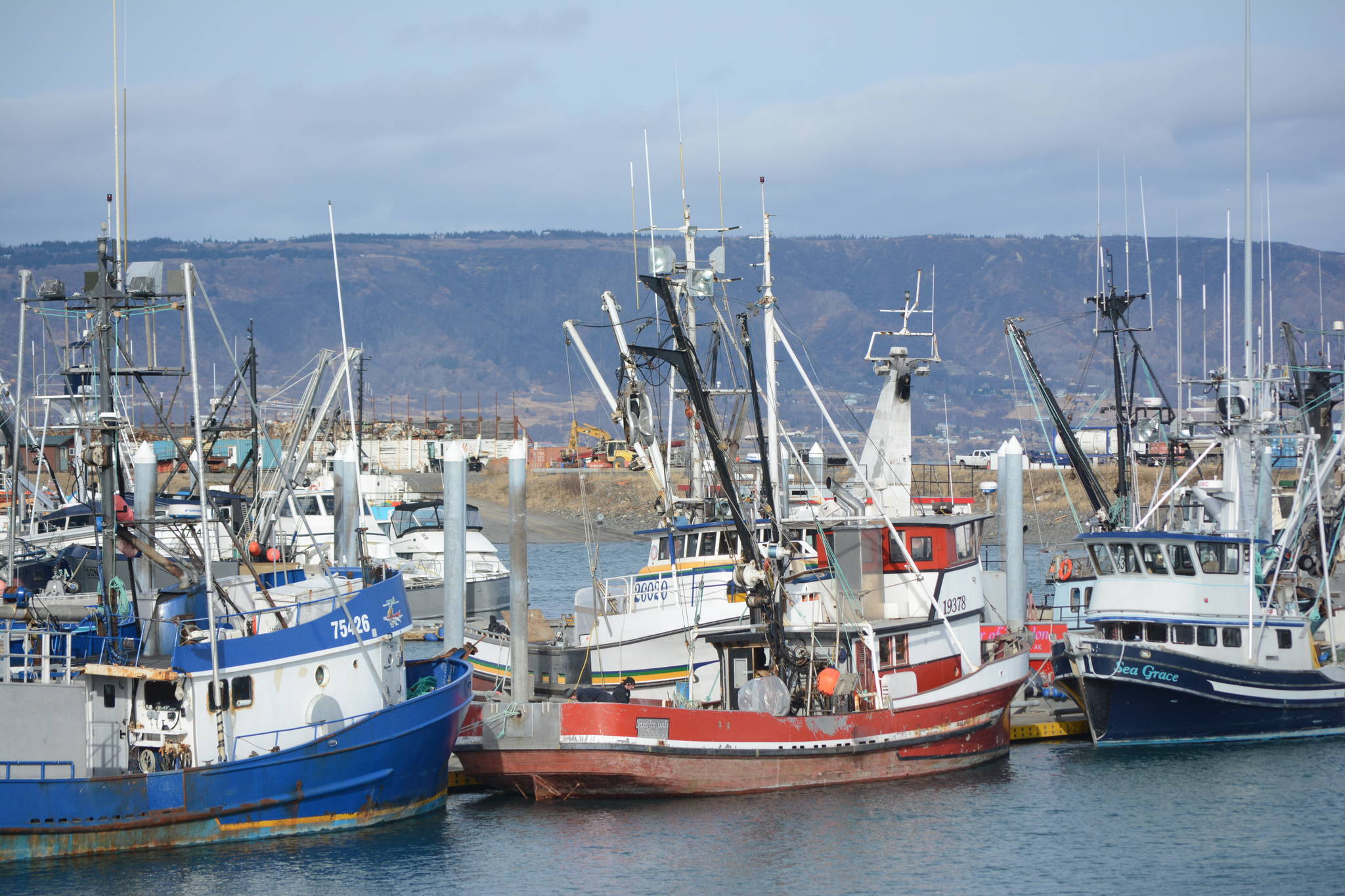As nearly every commercial salmon fisherman in Upper Cook Inlet can tell you, the 2019 season fell far short in every department.
The commercial harvest came in at about 2.1 million sockeye, 37% below the most recent 10-year average, and the total run, forecast for 6 million sockeye, fell 13% short, according to Alaska Department of Fish and Game reports.
The ex-vessel value of approximately $18 million for all species was 40% below the most recent 10-year average. All species-specific ex-vessel values were below average in 2019.
UCI salmon escapements in 2019 were mixed. In total, there are seven sockeye salmon systems, 16 king salmon systems, four coho salmon systems, and one chum salmon system with escapement goals that were monitored in 2019.
For the 2019 season, sockeye salmon escapement objectives were exceeded at the Kenai River, Kasilof River, and Fish Creek, were met at Chelatna and Judd lakes, and were below at Larson Lake. The final escapement estimate for Packers Lake was incomplete due to a video malfunction.
Run timing of sockeye salmon inlet-wide was estimated to be at least two days late based on offshore test fish data.
A total of seven out of 16 king salmon Sustainable Escapement Goals were met in the Susitna River and West Cook areas; two of the 16 systems were unassessed in 2019 due to turbid water. The lower end of the Kenai River early-run king salmon Optimal Escapement Goal was achieved, but the late-run Kenai River king salmon SEG was not achieved.
Lower Cook Inlet, meanwhile, had a better season with a commercial harvest of 2.4 million fish of all species.
The harvest was composed of 736 Chinook, 311,696 sockeye, 12,712 coho, 1,980,124 pink, and 55,508 chum salmon, of which 85.7% were commercial harvest and 14.3% were hatchery cost recovery.
The commercial harvest ex-vessel value of approximately $3.6 million was above the previous 10-year average of $2.4 million.
Hatcheries did not fare so well.
The 2019 Cook Inlet Aquaculture Association hatchery cost recovery value was $1.7 million and below the anticipated cost recovery goal of $5.2 million dollars. Hatchery sockeye egg take was 7.0 million eggs and was below the anticipated egg take level of 11.7 million eggs. A total of 47.2 million pink salmon eggs were collected, which was below the anticipated egg take of 209.0 million eggs.
At the Alaska Board of Fisheries meeting happening this week in Seward, there are proposals to restrict the number of fish released by hatcheries.
Also at the BOF meeting there is a proposal to define commercial kelp harvest, while the Alaska Fisheries Development Foundation, a nonprofit founded in 1978, is offering a course next February for people interested in getting into the industry of farming seaweed.
Alaska Public Media spoke to executive director Julie Decker who said that over the past five years the foundation has spearheaded an initiative to grow mariculture in the state. Decker noted an increase in the number of people looking to get a start in the industry, whether it’s shellfish or seaweed farming.
“We’ve also recognized that seaweed is sort of the entry point for the industry because it’s relatively cheaper gear so less capital needs to get involved,” Decker said. “It’s also an annual crop so cash flow is a little bit easier.”
The training will include an online webinar and in-person workshops planned for ten people each in Kodiak, Ketchikan and Sitka along with mentoring for a select few. Decker said they’re looking for applicants who have experience on the water.
“So that we think they’ll be fairly successful from the get-go, since this is not a long workshop, you know there’s not a lot that goes into it but we think it’s enough to give people that have say some skills working on the water already, give them an understanding of the application process and some other things about how to grow seaweed that would make them successful,” she explained.
Seaweed farming is seen as a natural fit for those in commercial fishing, with the boats and gear that could be used to set up a farm and a fishing season that often cries out for off-season opportunities.
Cristy Fry can be reached at realist468@gmail.com



